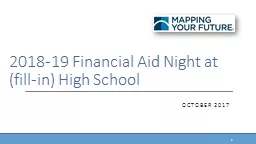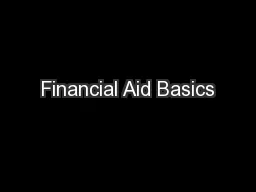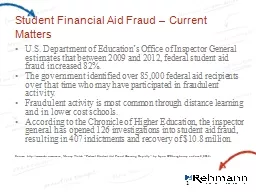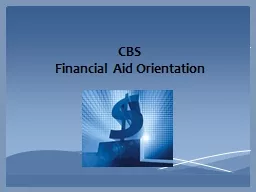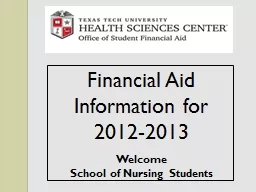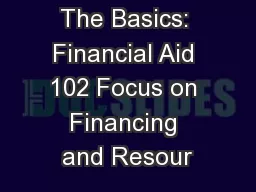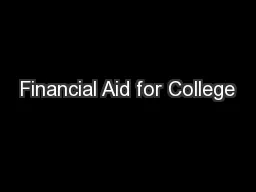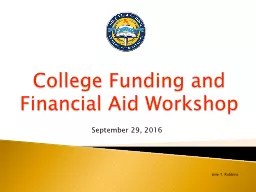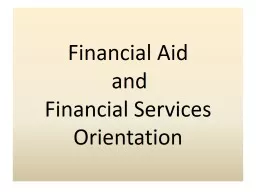PPT-2018-19 Financial Aid Night
Author : pamella-moone | Published Date : 2018-11-21
at fillin High School October 2017 1 Presented By Cathy Mueller Executive Director Mapping Your Future 2 Agenda 3 httpswwwcensusgovlibraryvisualizations2016commcb16203earningseducationhtml
Presentation Embed Code
Download Presentation
Download Presentation The PPT/PDF document "2018-19 Financial Aid Night" is the property of its rightful owner. Permission is granted to download and print the materials on this website for personal, non-commercial use only, and to display it on your personal computer provided you do not modify the materials and that you retain all copyright notices contained in the materials. By downloading content from our website, you accept the terms of this agreement.
2018-19 Financial Aid Night: Transcript
Download Rules Of Document
"2018-19 Financial Aid Night"The content belongs to its owner. You may download and print it for personal use, without modification, and keep all copyright notices. By downloading, you agree to these terms.
Related Documents

